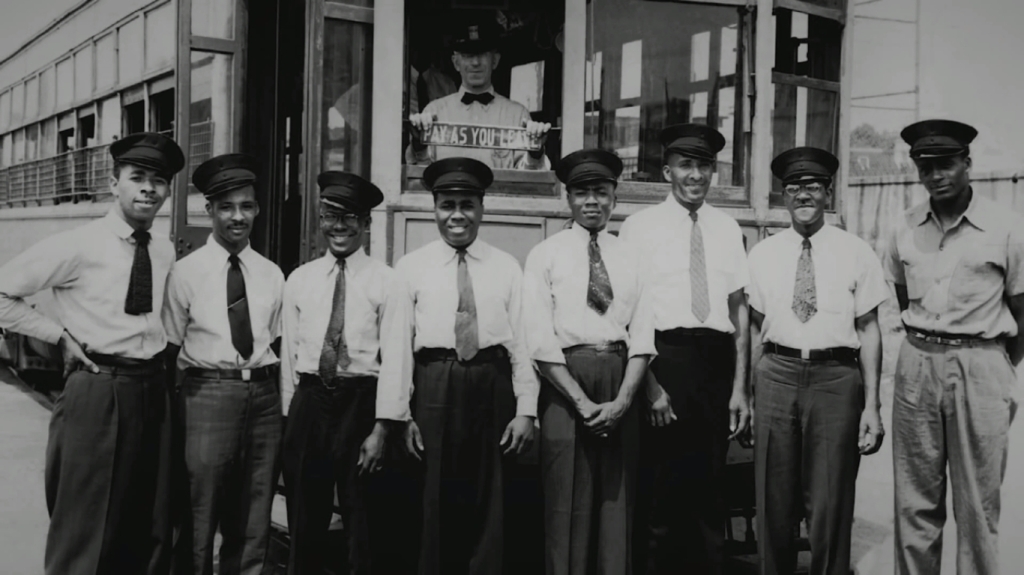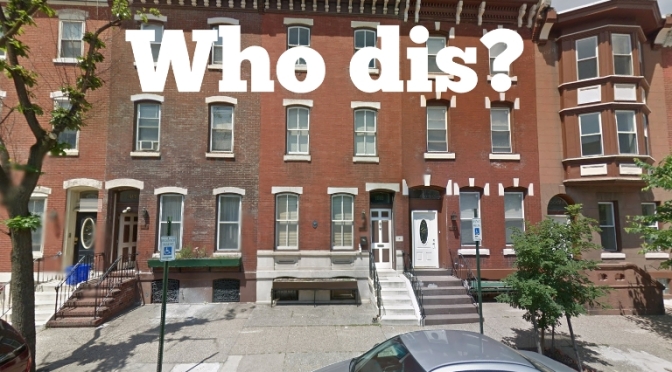Philadelphia is the best place to discuss race relations because there is more race prejudice here than in any other city in the United States.
— W. E. B. Du Bois, 1927
City Council passed a one-year demolition moratorium for six blocks of Christian Street in the most gentrified neighborhood in Philadelphia. The mayor is expected to sign the bill which is sponsored by Councilmember Kenyatta Johnson who is under federal indictment.
The purpose of the moratorium is to give the Preservation Alliance for Greater Philadelphia time to prepare the nomination for the proposed Christian Street Historic District. Architect Julian Abele and Rev. Charles Tindley are the most notable residents of that stretch of Christian Street. Abele and Tindley lived on the 1500 block but gentrifiers are pushing to designate six blocks. As I told a reporter with PlanPhilly, the proposed historic district trivializes Black history in an effort to preserve the historic fabric of blocks from which African Americans have been displaced:
However, Faye Anderson, a local historic preservationist who has focused on saving vulnerable Black historical sites, said she opposed the effort.
She said the district was an “excuse” to preserve some statelier buildings in a gentrified neighborhood that has become majority-white in recent decades. Anderson said a blanket designation for a thematic district based on the presence of some wealthier African American residents for a period of time in an otherwise segregated neighborhood was “trivializing” to the city’s wider Black history.
Historic preservation is about storytelling. The period of significance of proposed Christian Street Historic District, aka Doctor’s Row, spans the Great Migration, the Great Depression, President Franklin D. Roosevelt’s New Deal and World War II. Doctor’s Row would memorialize a minuscule number of Black professionals who moved on up from racially segregated blocks in the 7th Ward to racially segregated blocks with nicer rowhouses in the 30th Ward.
While the elites of Doctor’s Row were serving tea, NAACP Executive Secretary Carolyn Davenport Moore was serving justice. Prior to 1944, Philadelphia Transportation Company (PTC) consigned Black workers to jobs as porters, messengers or tracklayers. The positions of motorman and trolley operator were for white workers only. Moore organized protest marches. The NAACP filed complaints with the Fair Employment Practices Committee on the grounds PTC’s hiring practices violated Executive Order 8802 which banned discrimination in the defense industry.



The NAACP prevailed in the first civil rights battle of the modern era. Legendary drummer Philly Joe Jones was a drum major for justice. He was in the first group of eight African American trolley operators.

Philly Joe later moved to New York City where he likely spent time on Striver’s Row. The two blocks of rowhouses were home to, among others, jazz luminaries. Striver’s Row was designated the St. Nicholas Historic District in 1967 and added to the National Register of Historic Places in 1975. Striver’s Row represents a Who’s Who of Black America. By contrast, Doctor’s Row has Black folks asking: Who dis?

For updates, follow me on Twitter @andersonatlarge.


